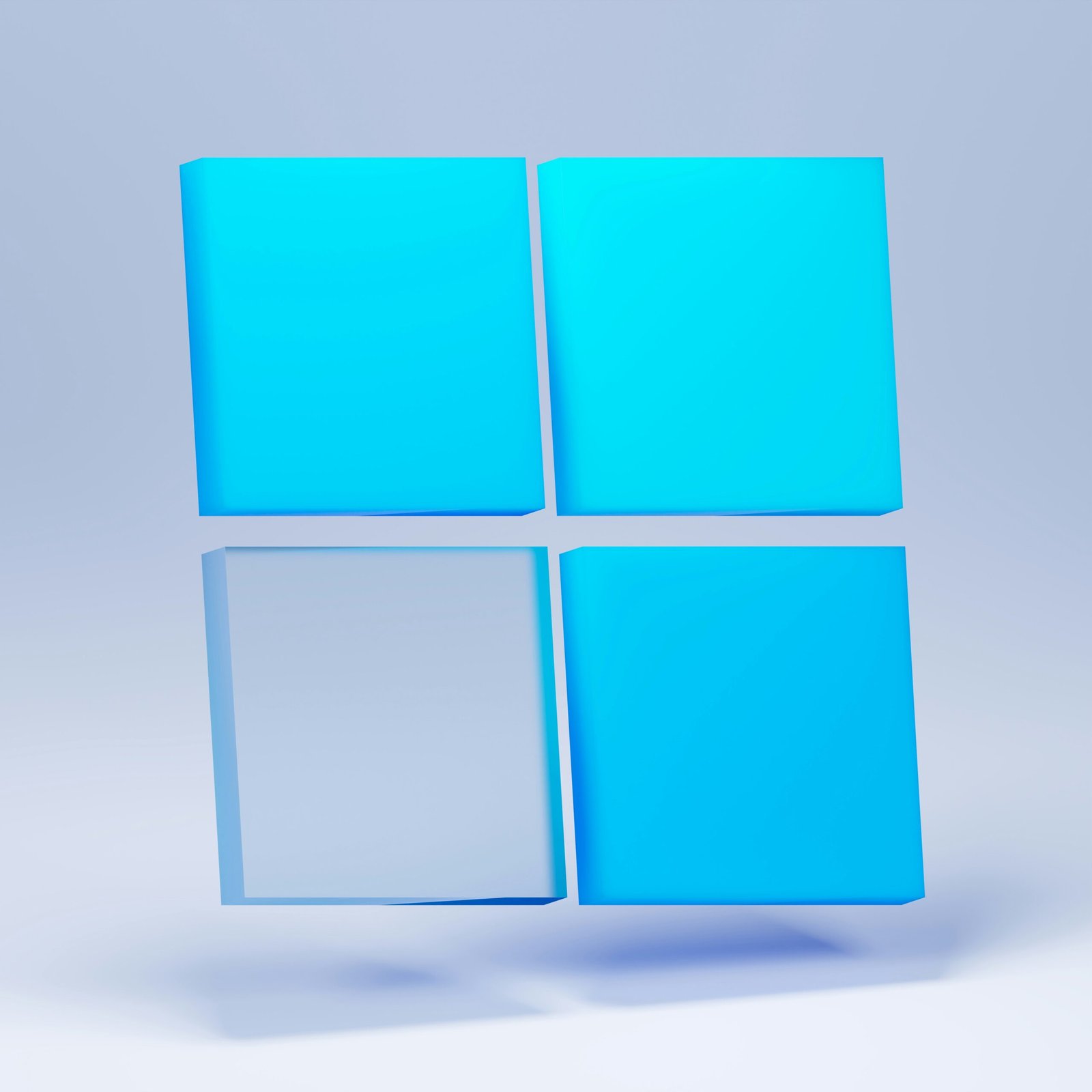A Brief History of Windows 10

Windows 10, the latest operating system from Microsoft, has become one of the most widely used operating systems in the world. Since its release in 2015, Windows 10 has undergone several updates and improvements, making it a powerful and user-friendly platform for both personal and professional use.
The Birth of Windows 10
Windows 10 was officially announced by Microsoft on September 30, 2014, under the codename “Threshold.” It was designed to be a unified platform that could work across multiple devices, including desktops, laptops, tablets, and smartphones. The main goal was to create an operating system that would provide a seamless user experience and bridge the gap between traditional desktop computing and the mobile world.
On July 29, 2015, Windows 10 was released to the public as a free upgrade for Windows 7 and Windows 8.1 users. This marked a significant departure from Microsoft’s previous approach of charging for major operating system upgrades. The decision to offer Windows 10 as a free upgrade was aimed at encouraging widespread adoption and ensuring that users had access to the latest features and security enhancements.
Features and Improvements
Windows 10 introduced a range of new features and improvements over its predecessors. One of the most notable additions was the return of the Start Menu, which had been replaced with the Start Screen in Windows 8. The Start Menu in Windows 10 combined the best elements of the traditional Start Menu with the Live Tiles from Windows 8, providing users with a customizable and efficient way to access their favorite apps and content.
Another significant feature of Windows 10 is Cortana, Microsoft’s virtual assistant. Cortana allows users to perform various tasks using voice commands, such as setting reminders, searching the web, and opening applications. It also provides personalized recommendations and suggestions based on the user’s preferences and usage patterns.
Windows 10 also introduced the Microsoft Edge web browser, which replaced Internet Explorer as the default browser. Edge offered improved performance, security, and compatibility with modern web standards. It also introduced new features like the ability to annotate web pages and a reading mode for a distraction-free reading experience.
In addition to these features, Windows 10 brought significant improvements in terms of performance, security, and compatibility. It introduced a new DirectX 12 graphics API, which improved gaming performance, and enhanced security features like Windows Hello, which provided biometric authentication using facial recognition or fingerprint scanning.
Windows as a Service
With the release of Windows 10, Microsoft introduced a new approach to software updates called “Windows as a Service.” Instead of releasing major new versions of Windows every few years, Microsoft adopted a model of continuous updates and improvements. This means that Windows 10 users receive regular updates that include new features, security patches, and bug fixes.
Windows as a Service also introduced different servicing channels, such as the Long-Term Servicing Channel (LTSC) and the Semi-Annual Channel (SAC). The LTSC is designed for devices that require stability and long-term support, such as medical equipment or industrial systems. The SAC, on the other hand, provides regular feature updates for consumer and business devices.
Conclusion
Windows 10 has come a long way since its initial release. With its user-friendly interface, powerful features, and regular updates, it has become the preferred operating system for millions of users around the world. Whether you’re using it for work, entertainment, or both, Windows 10 continues to evolve and improve, providing a seamless and secure computing experience.



